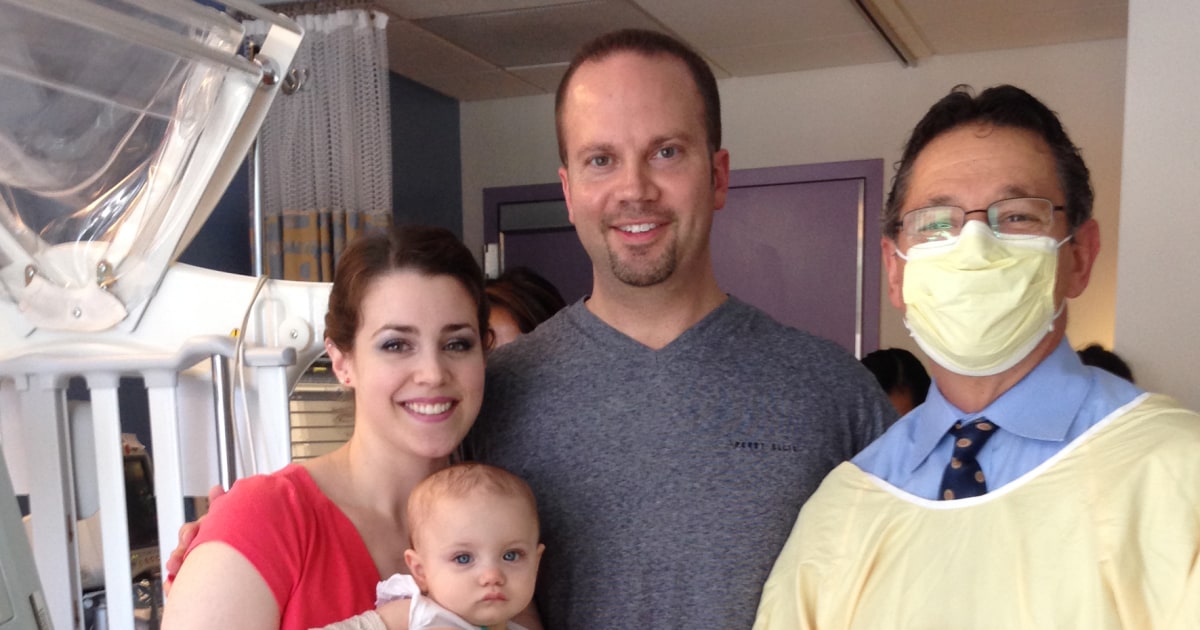- A person died from plague in Coconino County for the first time in nearly 20 years.
- Pneumonic plague is caused by bacteria carried by species like rats and prairie dogs.
- Pneumonic and bubonic plague transmission and symptoms vary.
Pneumonic plague killed a resident of northern Arizona, who died in the emergency room at Flagstaff Medical Center.
No information on age, gender or other demographics was provided by Coconino County Health and Human Services. The notice said the risk of human-to-human transmission is extraordinarily low, according to the National Institutes of Health.
The New York Times reported the recent death is the first from this plague in Coconino County in nearly 20 years.
Pneumonic plague is a terrible lung infection that, like bubonic plague, is caused by the Yersinia pestis bacterium, which is carried by rodents. Rodents like rats and prairie dogs in the West may carry the bacteria, but human infection is quite rare.
The Centers for Disease Control and Prevention said plague is endemic in the Southwest and most cases are in northern Arizona, southern Colorado and New Mexico. The other region with significant plague potential is California, southern Oregon and far western Nevada.
Plague infections
Pneumonic and bubonic plague are transmitted differently and have different symptoms.
Bubonic plague usually comes from a flea bite or being exposed to infected material, which leads to miserable, swollen lymph nodes. The Associated Press reported that the plague can also spread to humans if they touch infected bodily fluids, so health care experts suggest being particularly careful if you must handle dead or sick animals. Pets can also carry the infection. Cats are especially susceptible to plague.
Pneumonic plague is even more serious than bubonic. It happens when the bacteria are inhaled into the lungs. It can also result from untreated bubonic plague. Although it killed millions and millions of people in the 1300s, plague in humans is now treatable, but antibiotics have to be administered early in the infection. The CDC reported that 80% of U.S. plague cases have been bubonic.
Per the CDC, “In recent decades, an average of seven human plague cases have been reported each year (range: 0–17 cases per year). Plague has occurred in people of all ages (infants up to age 96), though 50% of cases occur in people ages 12–45. It occurs in both men and women, though historically is slightly more common among men, probably because of increased outdoor activities that put them at higher risk.”
About plague and how to avoid it
Humans infected with the bacteria can develop symptoms in one to eight days after being exposed. Per the Arizona health officials, symptoms “may include fever, chills, headache, weakness and muscle pain. Some individuals may also develop swollen lymph nodes (called ‘buboes’), most commonly in the groin, armpits or limbs. The disease can become septicemic (spreading throughout the bloodstream) and/or pneumonic (affecting the lungs) but is curable with proper antibiotic therapy if diagnosed and treated early.”
The inhaled, pneumonic version is deadliest and easiest to spread.
The Arizona health agency offered tips to prevent exposure to plague:
- Avoid contact with wild animals, including not touching sick or dead animals.
- To avoid fleas, which can carry plague, use an insect repellent with 20-30% DEET and tuck pant cuffs into your socks to prevent flea bites.
- Use veterinarian-recommended flea treatments on pets and don’t let them go into areas known to contain wild rodents.
- Report prairie dog “die-offs.” The animals are highly vulnerable to plague and tend to die off quickly after an infection, so they are a warning of plague presence.
- Prevent rodent infestations by removing brush, rock piles, trash and lumber from around homes and buildings. Store food in containers rodents can’t get into.
- Don’t camp near rodent burrows and avoid sleeping directly on the ground.
- Call the vet if your pet shows symptoms such as high fever or swollen lymph nodes, seems lethargic, has no appetite or develops a cough or eye drainage. Call before taking your pet in, though, to avoid exposing other pets or humans to possible infection.
Source link

